It's important to note that quartzite is often confused with quartz, but they are not the same. Quartzite is one of those lesser-known materials that's been making quite a name for itself in the world of kitchen design, and for a good reason. It's not only incredibly durable but also exudes a luxurious appeal that's hard to beat.
Let's explore why Quartzite is the perfect choice for Kitchen Counters when it comes to elegance and durability.
Quartzite is a hard metamorphic rock that originates from sandstone. It is a very hard natural stone. Quartzite is found in a wide variety of colors. While the most common color is white (resembling marble), it can also be found in shades of pink, red, yellow, blue, green, and orange. The diverse color range is due to the presence of iron oxide and other minerals.
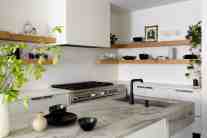
Cost: Quartzite is usually more expensive than other countertop materials, including some types of granite and quartz. This is due to the labor-intensive process of quarrying it and the high demand for it because of its resilience and natural beauty.
Requires Sealing: Unlike engineered quartz countertops, quartzite needs to be sealed at the time of installation and then periodically afterwards (typically every one to two years, depending on usage) to help prevent stains. If not properly sealed and maintained, it can be prone to staining.
Installation: Quartzite is incredibly heavy, more so than other types of stone, which makes the installation process more labor-intensive. It requires professional installation to ensure that the counters are supported properly.

Quartzites are available in a variety of colors.
So, how does quartzite compare to other popular countertop materials like granite and marble?
Quartzite Vs. Granite
While both materials are hard, quartzite is slightly harder than granite. That means it's more resistant to scratches and chips. It's also more heat resistant, making it a great choice for kitchen counters.
Quartzite Vs. Marble
Marble is known for its elegance, but it's also known for its vulnerability to stains. Quartzite, on the other hand, offers similar aesthetic appeal with a higher resistance to staining.
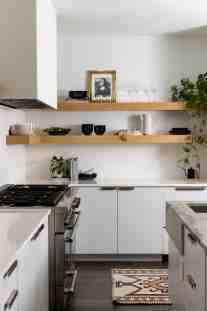
Cleaning a quartzite countertop requires some specific steps to maintain its beauty and durability. Here's a simple guide:
Remember, it's always a good idea to consult with your countertop fabricator or installer for specific care instructions for your particular type of quartzite.
The cost of quartzite countertops can vary greatly depending on several factors, including the specific type of quartzite, the complexity of the installation.
Material Cost: Quartzite slabs can range from about $60 to $100 per square foot on the lower end, to $100 to $200 per square foot for some of the more unique and high-end varieties.
Installation Cost: Installation costs can add an additional $35 to $65 per square foot, depending on the complexity of the job and the rates in your area.
While choosing a countertop for your kitchen, ensure that it complements your space's color scheme and design style. Soft white quartzite countertops can impart a classic, timeless look, while bold blues and greens can make a dramatic statement.
Quartzite counters are the perfect blend of durability and elegance. They're heat resistant, scratch resistant, and stain resistant, making them a fantastic choice for busy kitchens. Plus, with a wide variety of colors and patterns to choose from, you're sure to find a quartzite counter that fits your personal style. So why not consider quartzite for your next kitchen remodel? You won't be disappointed.
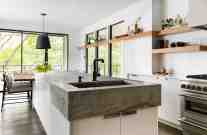
How often should I seal quartzite?
The frequency of sealing quartzite can depend on several factors including the type of quartzite, the quality of the sealant used, the amount of use the surface sees, and the type of substances the quartzite comes into contact with. However, as a general rule of thumb, it's recommended that quartzite countertops be sealed once a year.
Can I put a hot pan on the quartzite counter?
Quartzite is a very heat-resistant material, this means it can handle the heat from a hot pan better than many other countertop materials.
However, while it's less likely to suffer damage from a brief contact with a hot pan, it's always safer to use a trivet or hot pad.
Does quartzite chip easily?
Quartzite is a very hard and durable natural stone that does not chip easily under normal conditions.
What is better for kitchen countertops quartz or quartzite?
The choice between quartz and quartzite for kitchen countertops depends on your personal preferences, lifestyle, and budget.
Quartzite is a natural stone with a marble-like appearance. Each slab is unique, with its own veins and patterns. Quartz, on the other hand, is an engineered stone, so it offers a more uniform appearance and can be manufactured in a wider range of colors and patterns.
Both materials are very durable. Quartzite is harder and more resistant to heat and scratches, but it can be prone to etching from acidic substances if not properly sealed. Quartz is less prone to etching and staining because it's non-porous, but it's not as heat-resistant as quartzite.
Quartzite requires more maintenance. It needs to be sealed regularly to prevent stains and etching. Quartz doesn't require sealing, making it easier to maintain.
Quartzite is more expensive than quartz.
How long do quartzite countertops last?
Quartzite countertops if maintained properly will last 10-15 years.
Disclaimer: The information in this post is for general informational purposes only. The author and publisher are not responsible for any damage, injury, or loss that may occur from using the information provided. Readers should follow safety guidelines and take necessary precautions as listed by installation countertop professionals.
Guest Post Written By:
Simi Kapoor
Simi boasts 8 years of experience in the Stone & Tile industry, with extensive expertise in natural stone and tiles. She specializes in improving home spaces collaborating closely with interior designers, contractors, and homeowners.
Thinking of remodeling your kitchen? We can help! Click here to see if we would be a good fit -
Let's Chat!
Interior design rules have long provided structure—but in 2026, many of them are quietly being set…
View Post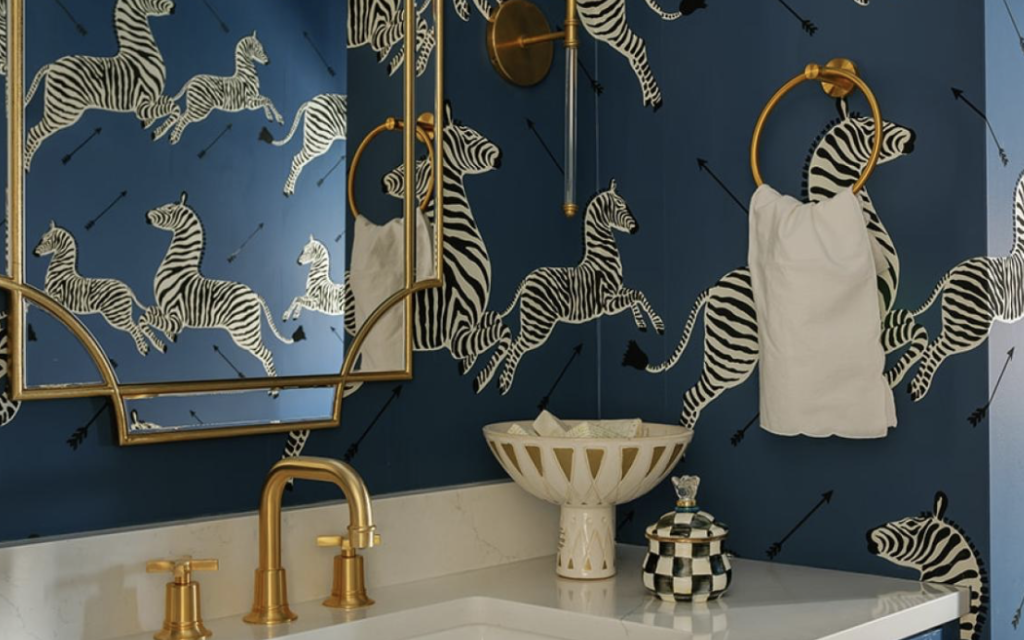
Design Trends vs. Timeless Style: What We Recommend, and Why Every year brings a new wave of…
View Post
The holidays are the perfect time to make your home feel cozy, festive, and full of personality.…
View Post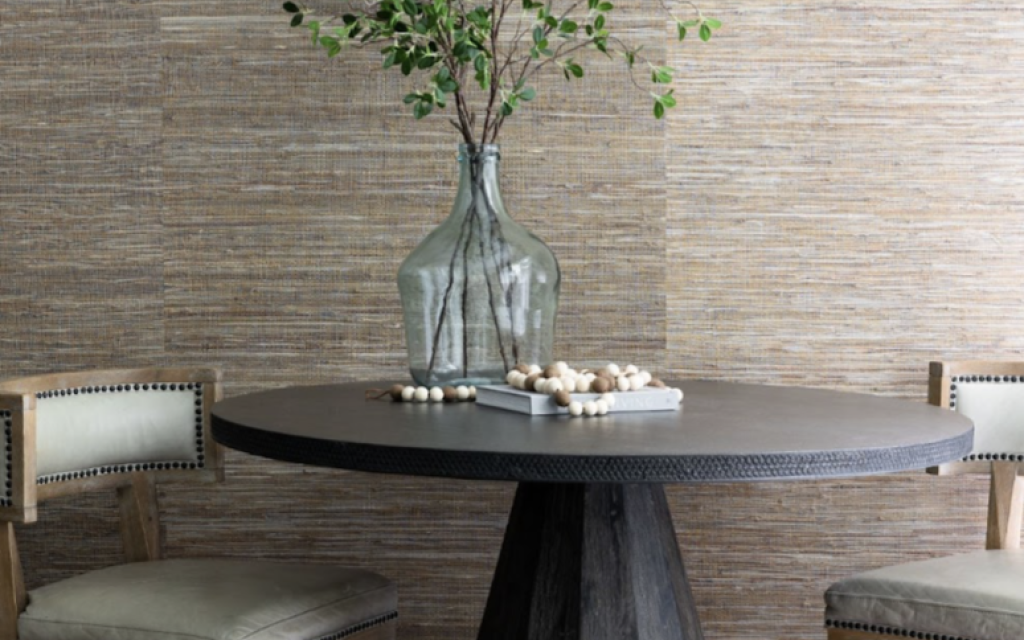
Once dismissed as “too traditional" or “outdated”, brown is officially back and trending big time..…
View Post